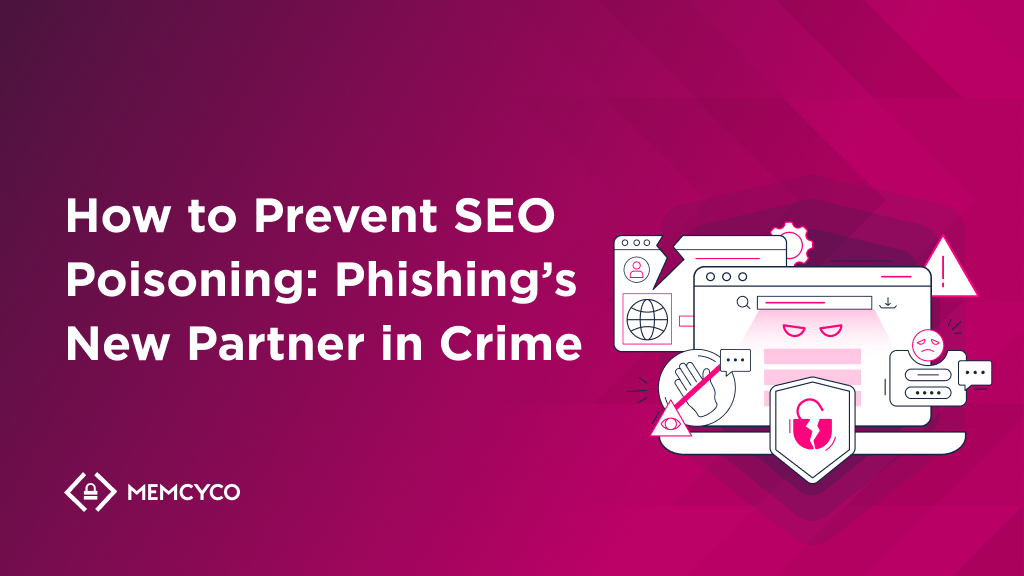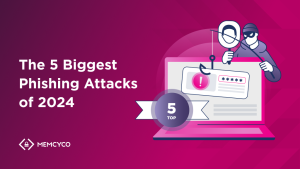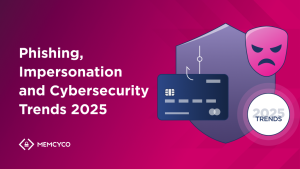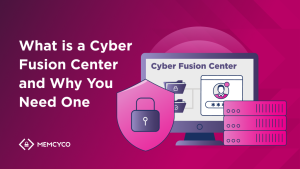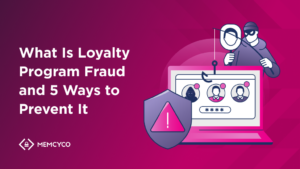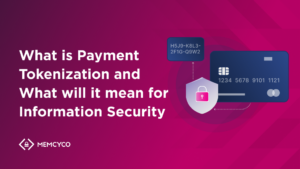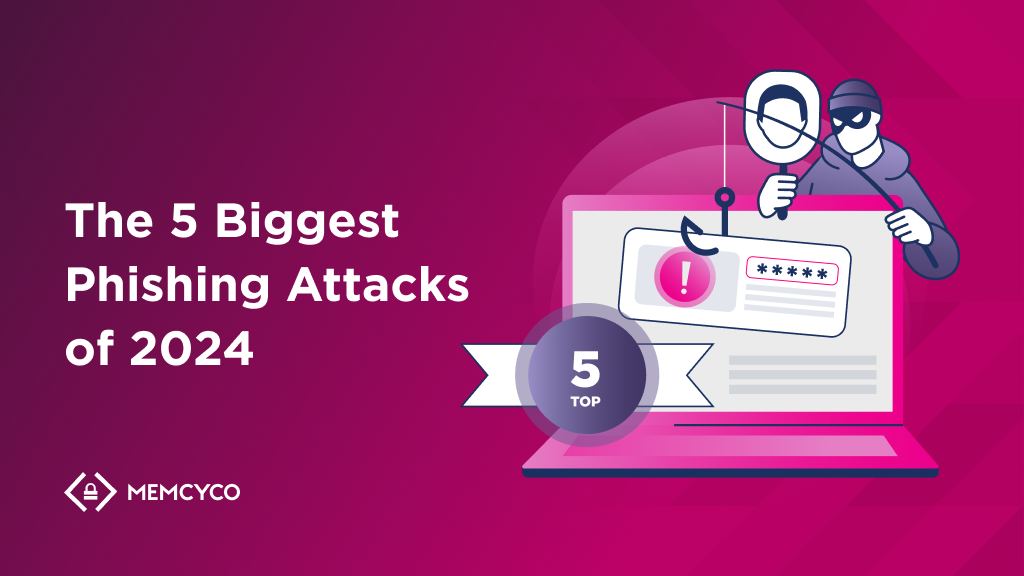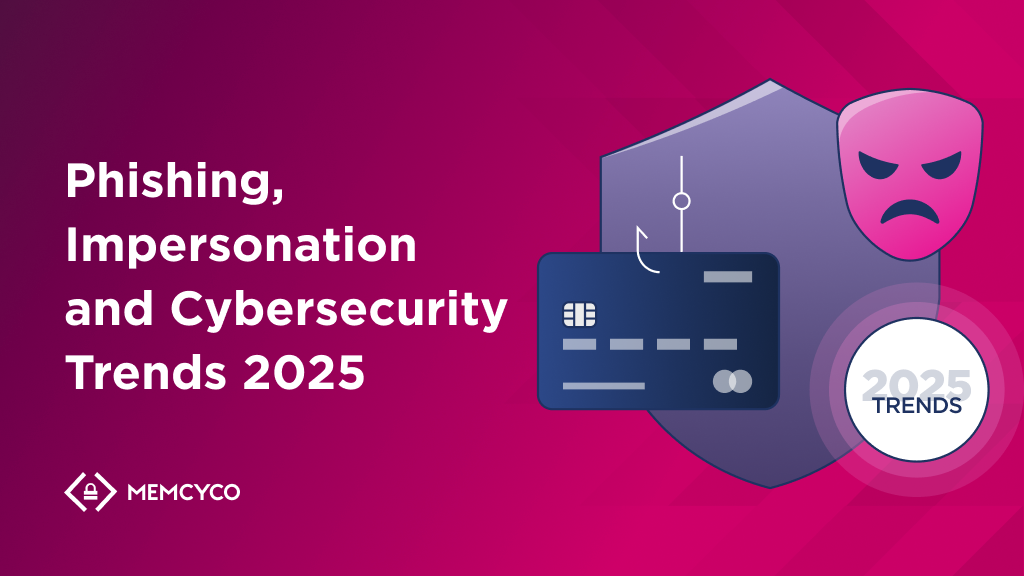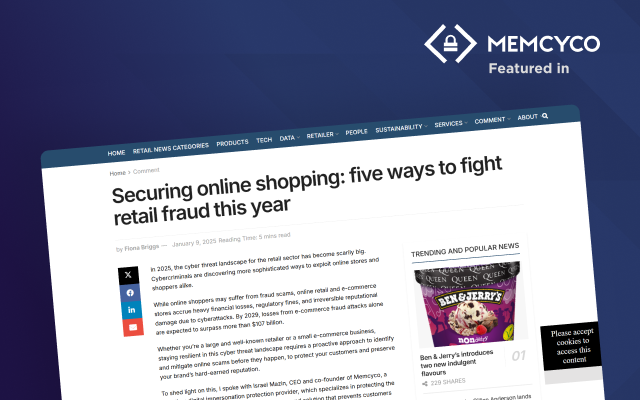Like the speed of light, phishing remains a reliable constant in the cybercrime universe, never going out of fashion with fraudsters, always reinventing itself to stay relevant.
As part of that reinvention, phishing-related scams increasingly use search engine optimization (SEO) to drive malicious websites higher in search results, outranking legitimate sites whose brands they often impersonate.
Known as SEO poisoning, this tactic not only increases malicious sites’ visibility, but inflates their apparent legitimacy, amplifying the success and devastation of fraudsters’ phishing campaigns.
If you already know the basics, skip to the spoilers and how to prevent SEO poisoning. For the novices among you, let’s start at ground level. What is SEO poisoning?
Answering this question is, of course, good for our SEO.
What Is SEO Poisoning?
SEO poisoning is a cyberattack technique that manipulates search engine algorithms to promote malicious websites in search engine results pages (SERPs).
Often, bad actors will use legitimate black-hat SEO methods, illegitimately boosting the visibility of malicious sites that match users’ search intent, making them appear trustworthy.
The primary objective of SEO poisoning is to lure unsuspecting individuals into visiting these sites, which may lead to malware infections, credential theft, and various forms of cybercrime, including phishing scams.
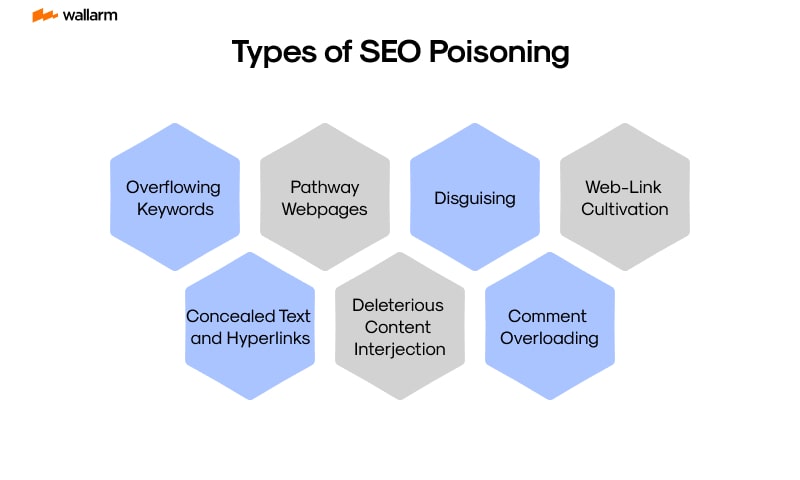
Common types of SEO poisoning techniques
There’s a terrifying array of SEO poisoning techniques at fraudsters’ disposal, one more devious than the last.
What’s terrifying about them is that they’re highly accessible, often covert and therefore hard to detect – let alone shut down. They’re also mostly legitimate and surprisingly unexotic.
Let’s start with arguably the most exotic, and descend from there.
Cloaking
Cloaking is a backend SEO method that shows different content to search engine bots versus content seen by end users. The page may appear relevant and trustworthy in search results, but when clicked, users are taken to a harmful site loaded with malware or phishing schemes.
Scraping
Scraping involves copying content from legitimate, high-ranking websites and placing it on malicious sites before the legitimate site has had a chance to have that content ranked. These plagiarized pages can sometimes rank well in search results, misleading users into thinking they’re visiting a trusted source.
Typosquatting
Typosquatting is when attackers create websites with URLs that are very similar to popular, legitimate sites, often relying on common spelling mistakes or keyboard typos (e.g., “goggle.com” instead of “google.com”). Typosquatting can be especially dangerous because the websites often look nearly identical to the legitimate ones.
Malicious keyword stuffing
Malicious keyword stuffing is a legitimate black-hat SEO technique that fills web pages with popular or trending search terms, often unrelated to the website’s content. In this way, malicious sites organically climb search results rankings, just like any other website.
Fake ads (a.k.a malvertising)
Attackers use pay-per-click (PPC) techniques to artificially promote their fake sites and steal traffic using Search or Display ads. Not only does malvertising cause the usual revenue and brand equity damage – they also increase your PPC campaign bidding cost by making targeted search phrases more competitive.
An SEO poisoning lesson: the infamous Google Authenticator scam
One notorious example of the SEO poisoning threat is the infamous Google Authenticator scam.
Cybercriminals created a fake version of the Google Authenticator website, using paid advertisements to place their malicious site at the top of Google’s search results.
The phishing website closely resembled the real Google Authenticator page, making it difficult for users to detect anything suspicious.
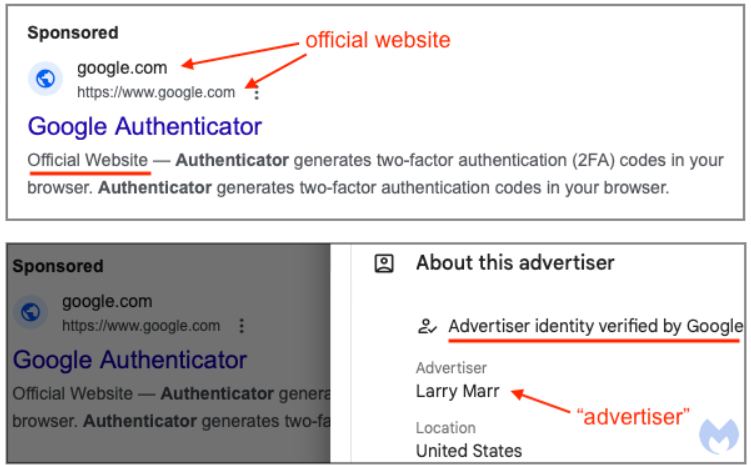
Once on the site, users were prompted to download what they believed was the legitimate Google Authenticator app, a widely-used tool for two-factor authentication (2FA).
However, instead of the real app, users were downloading malware disguised as the app. The malware installed on their devices allowed attackers to steal sensitive data, monitor activities, or even take over the device.
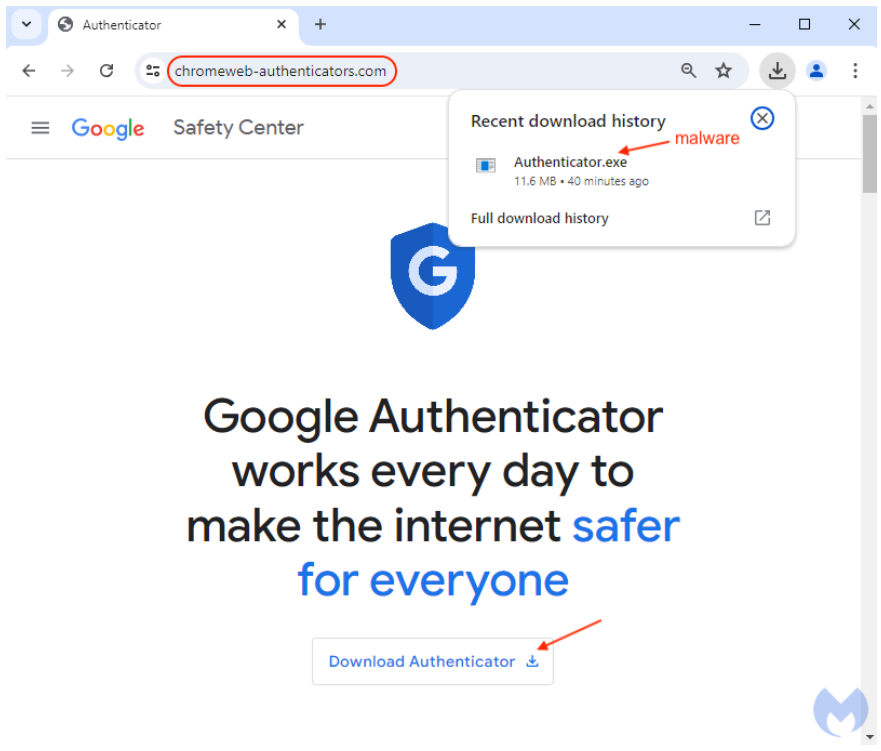
What made this scam particularly damaging was that it targeted users at a critical juncture – while they were setting up 2FA for their accounts. By exploiting this trust, cybercriminals were able to undermine one of the very tools designed to enhance online security.
Why Is SEO Poisoning a Growing Problem for Businesses?
Besides the fact that you may never realize you’re losing revenue, there are a few reasons why SEO poisoning presents mounting challenges.
The more businesses rely on organic search traffic for customer acquisition and brand visibility, the more attractive search engines become to attackers as a highly effective entry point.
Here are a few more advanced factors at play:
Impact on enterprise-level SEO investments
For enterprises heavily invested in long-term SEO strategies, SEO poisoning can have a significant impact. Beyond traffic loss, businesses must divert resources to mitigate the attack, delaying their SEO efforts. Recovery from these disruptions can take months, particularly in industries where organic rankings are crucial for lead generation and conversions.
SEO poisoning is now a compliance issue
SEO poisoning is not just a security risk but also a compliance issue. For industries that are heavily regulated (e.g., finance, healthcare), allowing malicious redirects or compromised websites can lead to breaches of data protection laws, such as GDPR or HIPAA. This increases the pressure on businesses to prevent these attacks proactively, as failing to do so may not only harm their reputation but result in hefty fines or legal action.
Exploitation of search engine gaps
Despite advancements in search engine algorithms, gaps in detection remain. Especially when it comes to new forms of keyword manipulation, cloaking, or malicious backlinks. Attackers can leverage these loopholes faster than search engines can patch them.
Competitors may be deploying SEO poisoning against you
Attackers are increasingly targeting sectors where organic search rankings are directly tied to revenue, such as e-commerce, SaaS, and finance. In these spaces, losing visibility for even a few days can provide competitors with a significant advantage. SEO poisoning is, purportedly, being weaponized as a form of competitive disruption, with some speculation that certain actors may be incentivized by rival companies looking to gain market share by sabotaging their competition’s rankings.
How to prevent SEO poisoning: three must-use tactics
These will sound obvious. Treat them as the bare minimum you should already be doing to prevent SEO poisoning. What’s important is taking a multi-tactic approach that covers as many gaps as possible.
Run frequent SEO audits
If you’re not already conducting frequent SEO audits, then you’re not identifying unusual activity such as sudden ranking drops, changes in metadata, or suspicious backlinks.
Strengthen website security
Implement robust security measures like firewalls, SSL certificates, and regular vulnerability scans to prevent website hacking. Regularly update your CMS, plugins, and other software to patch security gaps that could be exploited for SEO poisoning.
Protect your backlink profile
It’s a good idea to regularly review your backlink profile to identify and disavow harmful links from malicious sites. You can also use link monitoring tools to track any spikes in low-quality links, which could signal an SEO poisoning attack.
Bonus advice: consider real-time SEO poisoning protection
If you found this article because you know SEO poisoning is draining revenue, the three points covered above will look familiar. For those looking for comprehensive SEO poisoning prevention without the heavy lifting, then real-time SEO poisoning protection is the must-have tactic. Arguably, it could replace most or all of your manual processes.
How Memcyco disarms SEO poisoning attacks in real time
Memcyco disarms SEO poisoning, proactively disrupting the promotion of malicious sites. In doing so, Memcyco assures and protects your rightful place in search results – without you lifting a finger.
Even before SEO poisoning attacks start, Memcyco preemptively flags digital impersonation attacks in real time that lead to SEO poisoning.
- Detect website reconnaissance attempts in real-time, before SEO poisoning attacks even start
- Be instantly alerted when lookalike URLs are registered, and when they go live
- Automatically disable SEO poisoning and downgrade offending websites’ ranking
Finally, Memcyco automates takedown, swiftly removing fake sites from the web, and mitigating SEO poisoning threats before they grow.
You know how this article ends – to discover more about Memcyco’s real-time SEO poisoning protection, book a demo.
